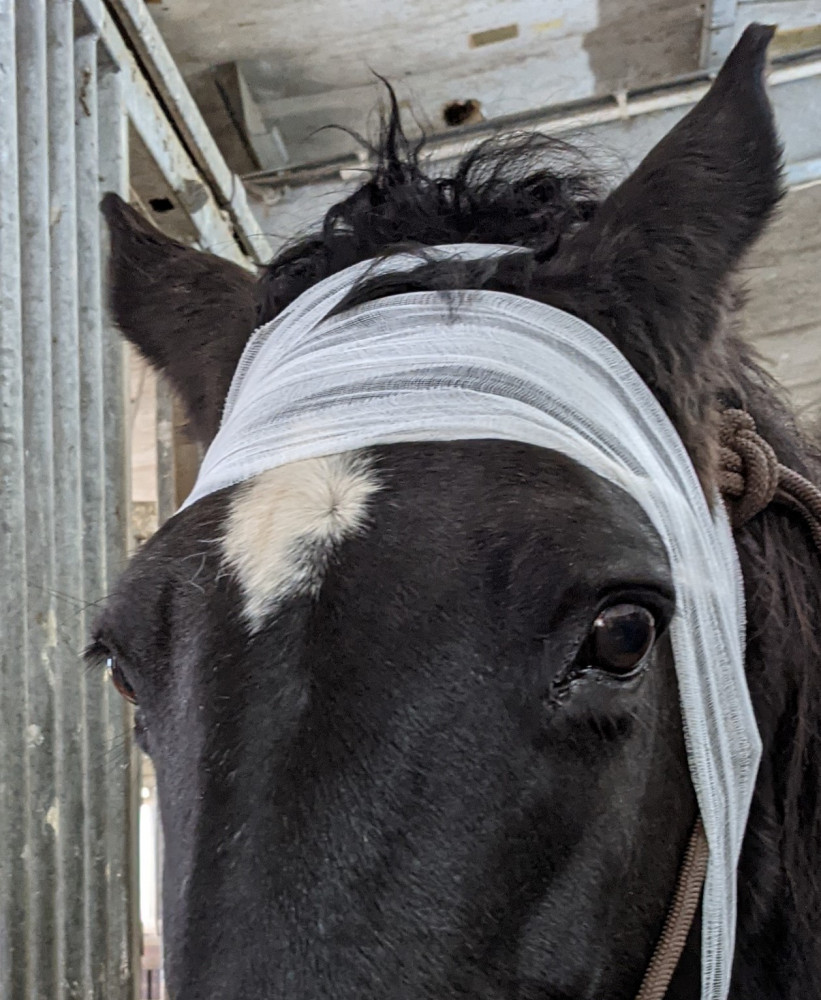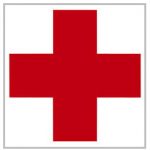Limping horses – origins and possible treatment Part 1
 Once in his life every horse limps.
Once in his life every horse limps.
This can be caused by different origins. Some are harmless and can easily be medicated. In opposite to this, others require a long and difficult treatment and therapy. We want to inform about different types of limping, its origins and possible treatments. Nevertheless this article is no substitute for an examination by a vet.
Part 1: Ulcer of the hoof, phlegmon, lameness of the shoulder
In general this is no veterinary substitute but a little help for horse owners who want to assess the disease of their horse. Undoubtedly riders need to contact a vet if they notice a lameness of their horse. Especially in cases of an infection of the leg it is important to be careful with a diagnosis: if the treatment begins too late or if the horse gets a wrong therapy this can lead to the situation that it is impossible to ride the horse anymore.
Ulcer of the hoof – treatment
An extreme situation of limping means that pus presses on the hoof. In this case one can nearly think that the leg is broken. Contrary to its outward symptoms this disease is quite harmless because it only requires a simple treatment. Possible origins for an ulcer of the hoof can be: wrong nailing of the shoeing, contusion of the hoof or foreign bodies in the hoof (p.e. stones).
At the beginning of this disease it often already helps if the horse stays in his box for some days or if it gets a dressing (for reasons of protection) around his leg. If the disease already is in an advanced state the ulcer needs to get opened so that the dammed pus can run out the wound. After this procedure the hole in the hoof becomes cleaned and disinfected before the hoof gets a dressing. During the next days the horse owner can put some sterilizing solution on the dressing so that the wound does not become worse.
In general after opening the ulcer one notices an improved situation of the disease. This is based on the fact that the horse feels less pressure on the wound and therefore less pain. After some days in its box and after a nearly complete cure of the hoof riders can slowly restart to work with horse. Horse owners can prevent an ulcer of the hoof if they regularly and thoroughly clean all hooves.
Phlegmon
The typical symptom is an enormous thick and swelled leg. A little scratch can already cause this swelling. If horses have a phlegmon the leg feels warm and one can feel a clear resistance by pushing it. Due to this its symptoms clearly differ from a possible retention of water. Generally the treatment is based on antibiotics and moreover it may help to cool the leg. The origin for a phlegmon can be a small and inconspicuous wound. Referring to this the best prevention is to notice these kinds of wounds and then to make use of sterilizing solutions.
Lameness of the shoulder
In some rare cases horses have a lameness of the shoulder. The typical symptom is that the horse lifts his respective leg and positions it towards his front. A possible origin can be osteoarthritis or an injury. In any case a vet needs to make an anesthesia of the shoulder joint and a radiograph for an exact diagnosis. The treatment and therapy depends on the diagnosis.
End of part 1
>>> Part 2
Surf tips:
- Horses with Copper Deficiency
- Horses with a Lack of Selenium
- Horses with Laminitis- Origin and therapy
- Horses with Liver Disease
- Narcolepsy – If Horses just fall asleep
—All statements without guarantee—


5 Comments
Comments are closed.